
Nine species in 6 genera make up the bears. They are found on all continents except Australia, but they reach maximum diversity and abundance in the northern hemisphere. In Africa, for example, they are known only from the Atlas Mountains of Morocco, and that species is now extinct. Bears range from medium size (sun bears weigh less than 30 kg) to very large (brown bears can weigh up to 800 kg). The smallest member of the family, however, is the distinctive lesser or red panda (Ailurus fulgens), which weighs 3-5 kg. Ursids are heavily and powerfully built. Their ears are small and rounded, their eyes are small, and they have very short tails. They have long, rough fur, and the hairs that make it up are generally unicolored (rather than being agouti, the common pattern among mammals). Most bears are brown, black, or white; some have white marks on the chest or face.
The feet of bears are plantigrade, and most have hairy soles (tree climbing bears such as Helarctos have naked soles). Forefeet and hindfeet have 5 digits, and each digit ends in a strong, curved claw. The claws of bears cannot be retracted; those of lesser pandas are semi-retractile. Males have a baculum.
The skulls of bears are elongated. They have an alisphenoid canal, and the paroccipital processes are large and not fused to the bullae, which are not enlarged. Curiously, the lacrimal bone of bears is vestigial. Their cheekteeth are bunodont, and the carnassials are flattened and specialized for crushing, not secodont. The incisors are unspecialized; the canines are long and slightly hooked; and the first three premolars are small and weakly developed if present at all. The dental formula is 3/3, 1/1, 3-4/4, 2/3 = 40-42.
As their teeth suggest, bears are omnivorous, including fruit, insects, carrion, and other items besides meat in their diets. Their sense of smell is excellent, but neither their eyesight nor hearing is especially good. Most species are solitary, shuffling relatively slowly through their habitats in search of food and mates (but capable of moving very rapidly in a charge). Bears are able to walk bipedally. Many are capable climbers. Most are nocturnal, but polar bears are often active during the day. Bears of some species put on considerable fat in the fall, then den up and sleep through most of the winter. Their sleep is not true hibernation, because their body temperatures remain high, and most body functions continue. Also, bears awaken readily if disturbed, and may be active during periods of mild weather.
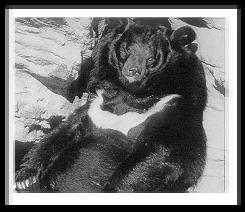 asiatic bear |
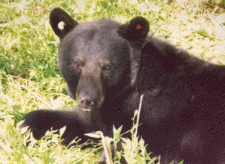 black bear |
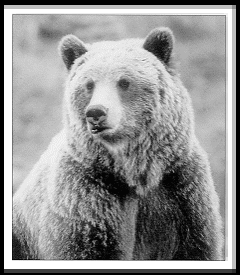 brown bear |
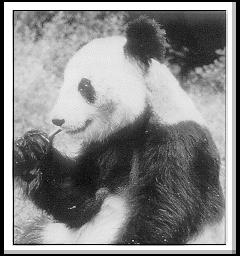 panda bear |
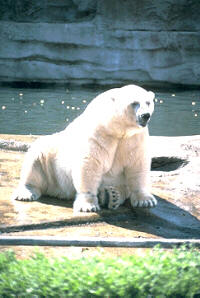 polar bear |
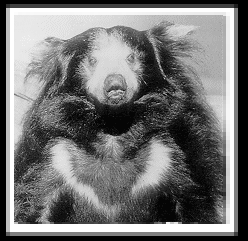 sloth bear |
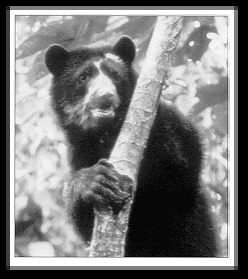 spectacled Bear |
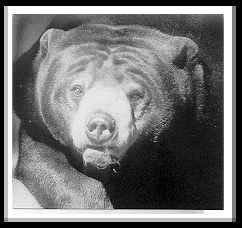 sun bear |
Superfamily Canoidea Family Canidae Family Ursidae Family Otariidae Family Odobenidae Family Procyonidae Family Mustelidae Family Phocidae Superfamily Feloidea Family Viverridae Family Herpestidae Family Hyaenidae Family Felidae<<<<<<<>>>>>>> ARTIODACTYLA CARNIVORA CETACEA CHIROPTERA DASYUROMORPHIA DERMOPTERA DIDELPHIMORPHI DIPROTODONTIA HYRACOIDEA INSECTIVORA LAGOMORPHA MACROSCELIDEA MICROBIOTHERIA MONOTREMATA NOTORYCTEMORPHIA PAUCITUBERCULATA PERAMELEMORPHIA PERISSODACTYLA PHOLIDOTA PRIMATES PROBOSCIDEA RODENTIA SCANDENTIA SIRENIA TUBULIDENTATA XENARTHRA
Email: eradani7@aol.com